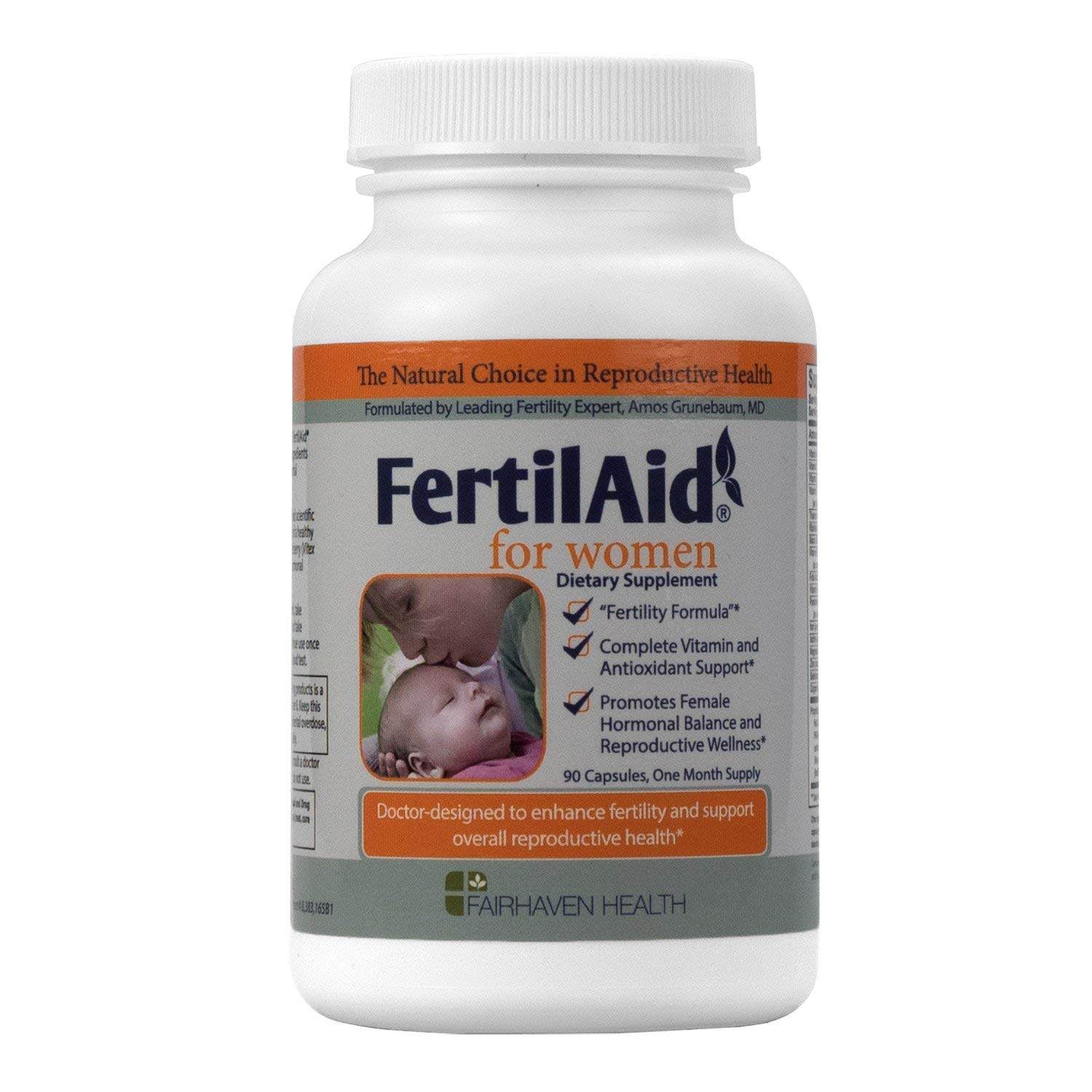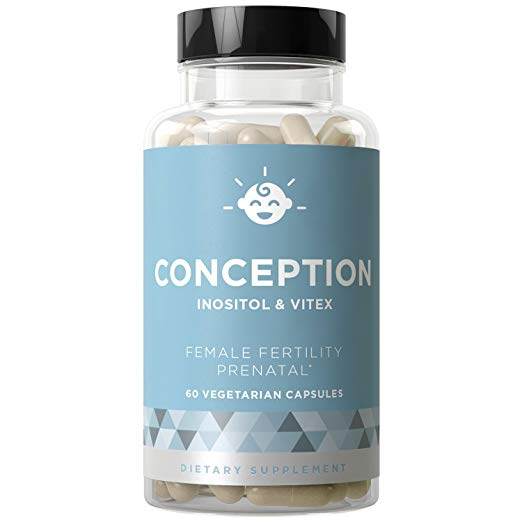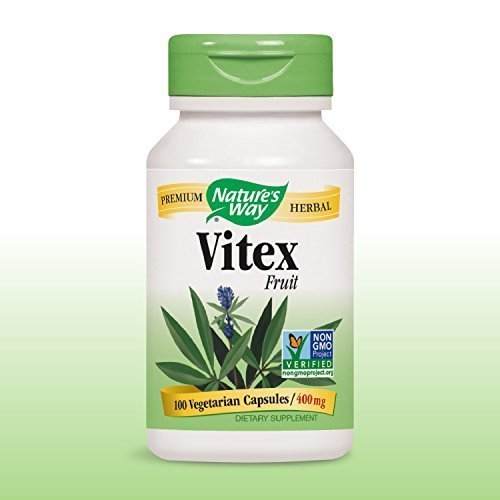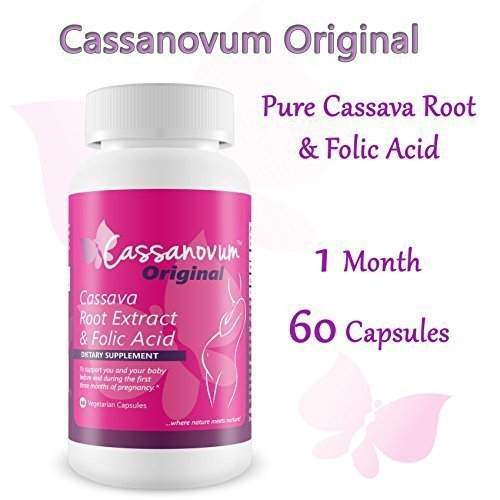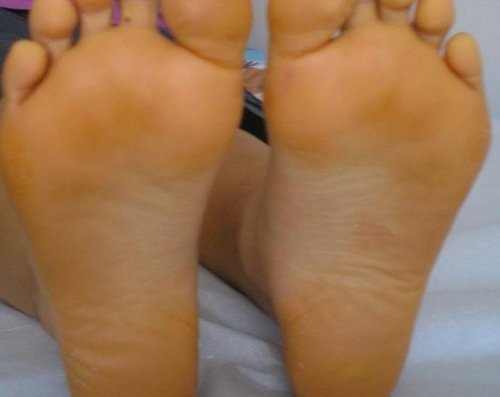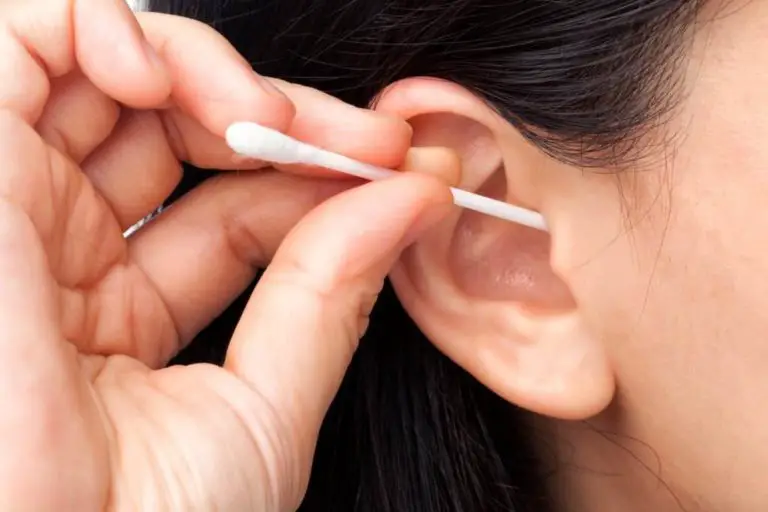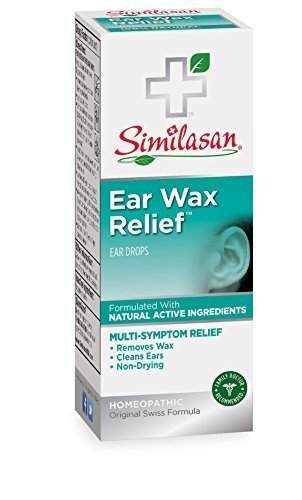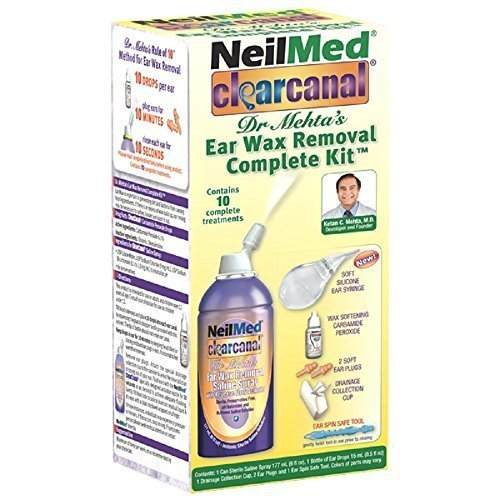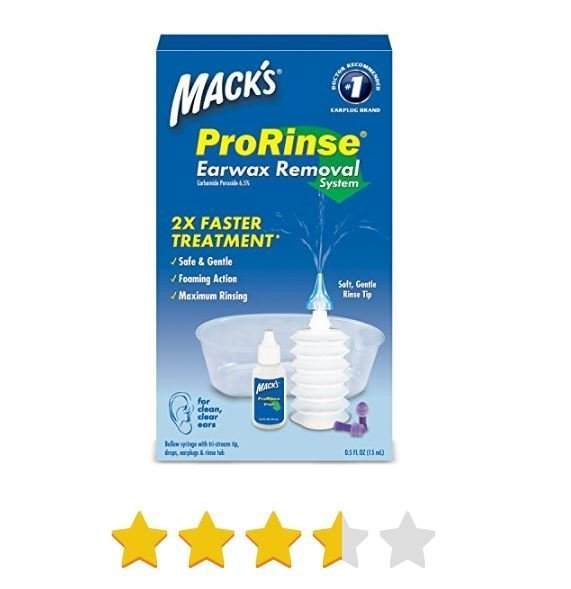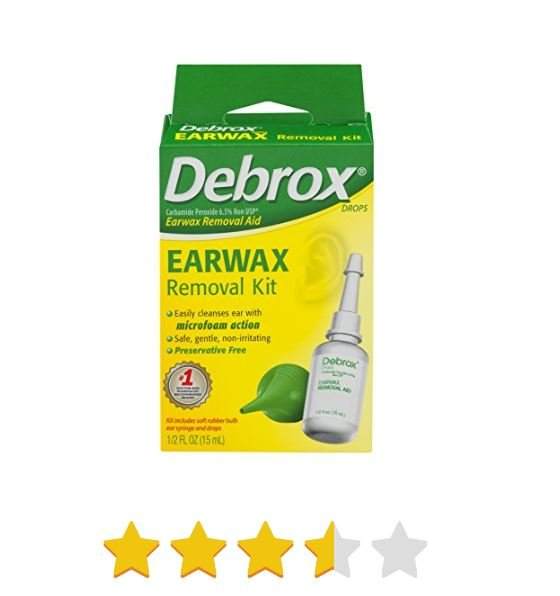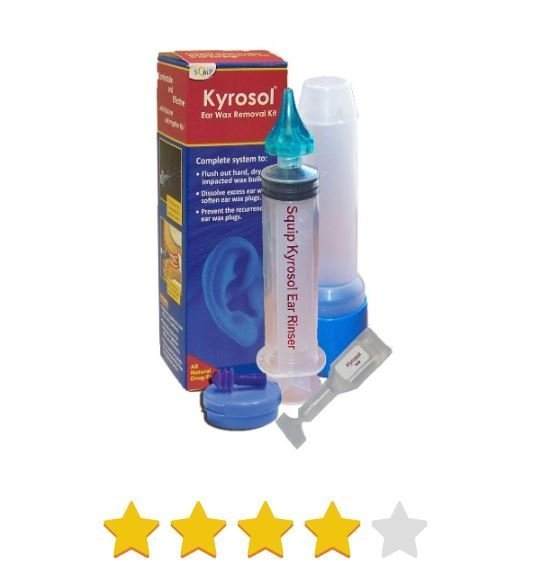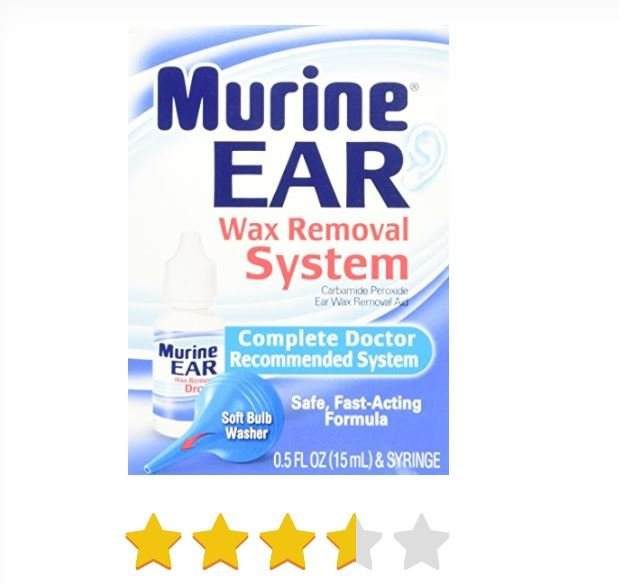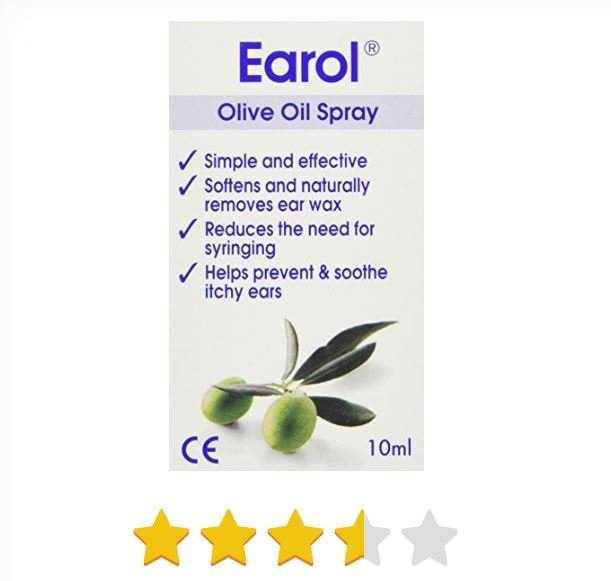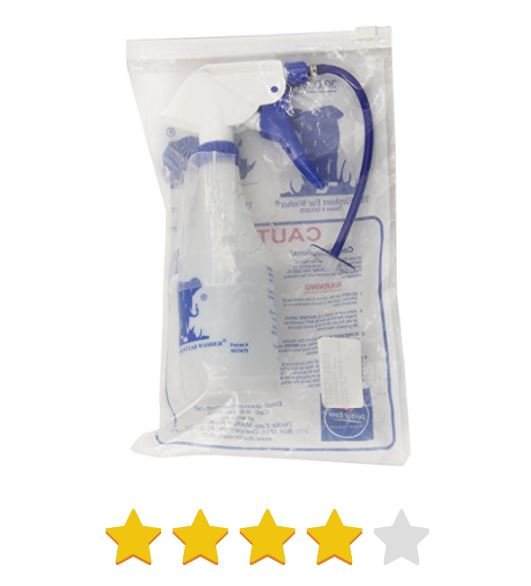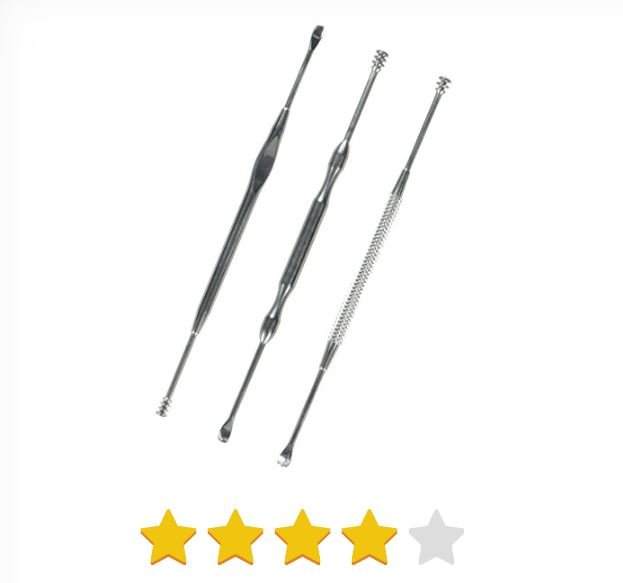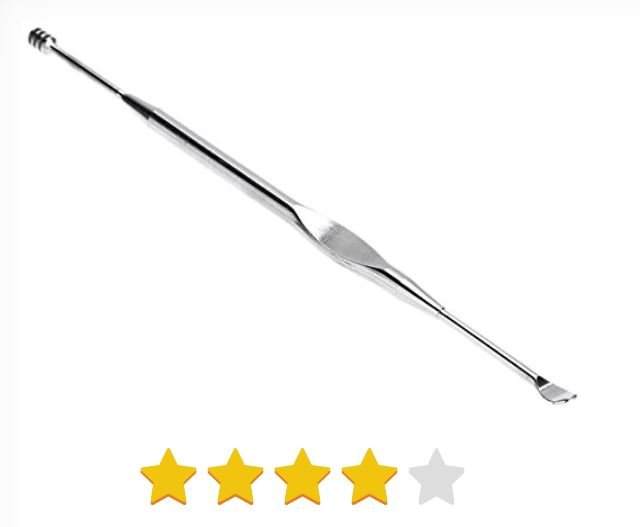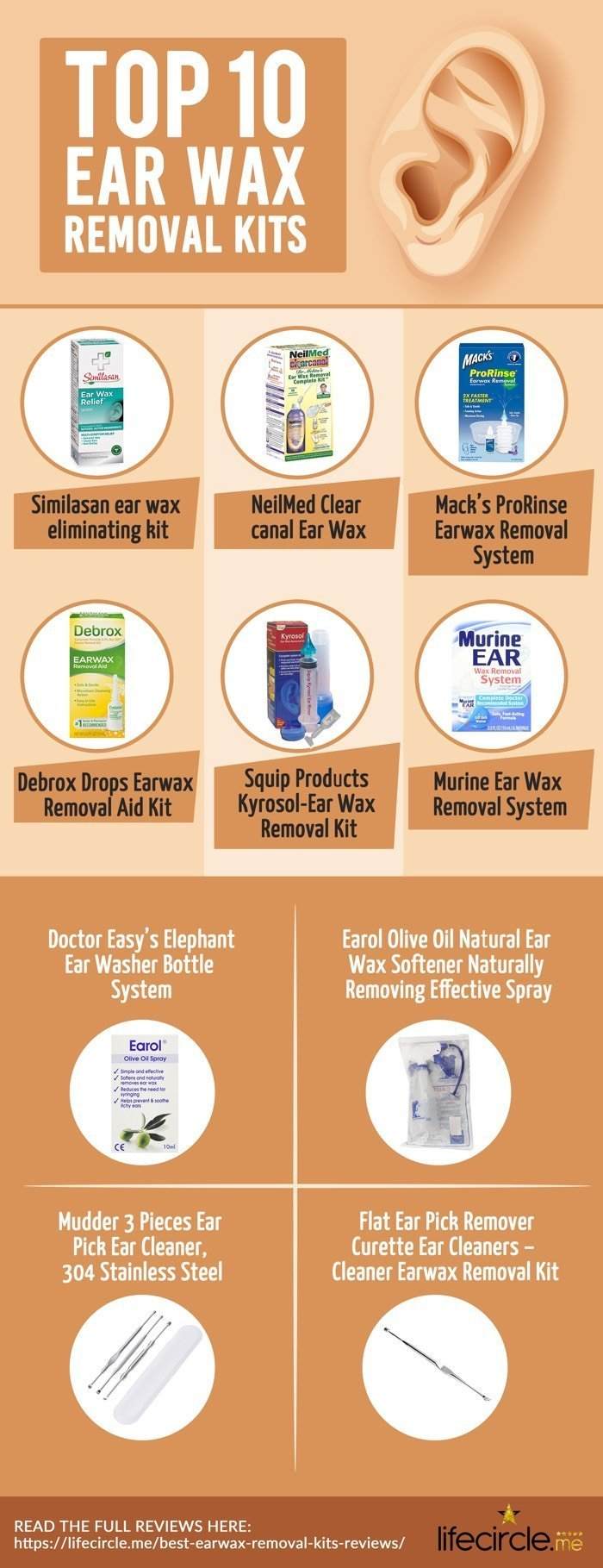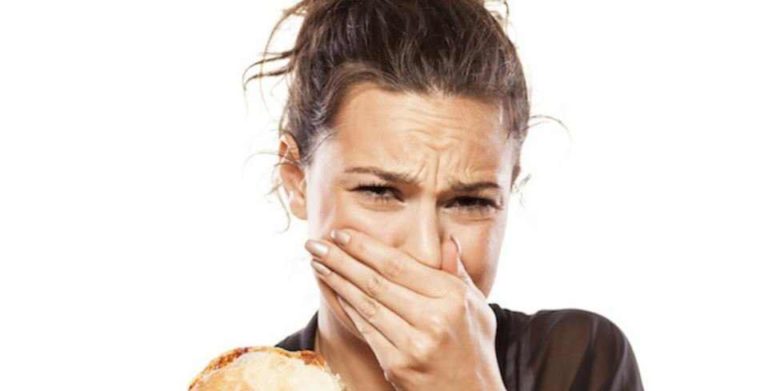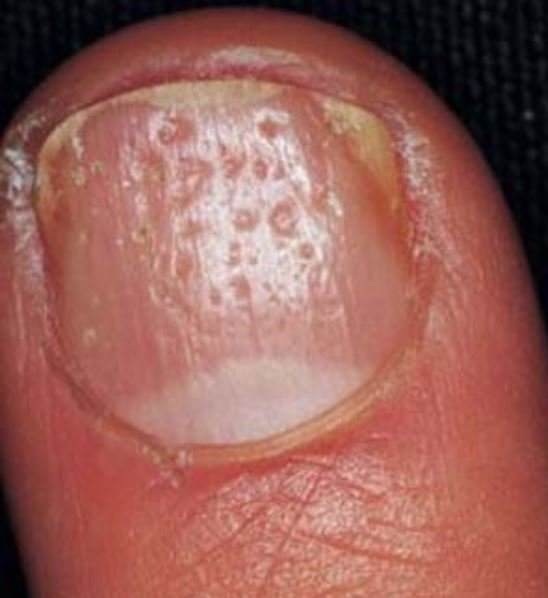Shingles is a rash that usually appears on the back, chest, or face and sometimes around the eyes. The condition in many cases is very painful, and if proper care is not taken, it can cause a secondary infection or have adverse long-term side-effects.
In this article, learn how to relieve pain and get rid of the shingle rash fast in 3 days.
Is there a cure for shingles?
There is no known vaccine to treat people infected with shingles. However, there is a live zoster vaccine to help prevent shingles. The live zoster vaccine, which is being marketed under the name Zostavax was approved in the year 2006 by the U.S Food and Drug Administration.
The vaccine is recommended for both young adults and elderly people below the age of 60 years and is supposed to be administered whether a person has been infected by shingles before or not.
In several clinical trials and study cases, the vaccine has been found to reduce the chances of shingles infection by half, especially in reducing the risks of postherpetic pain that ceases to go away after shingles has disappeared.
How to cure shingles in 3 days
If you want to cure your shingles quickly without much so much struggle, you must activate your body to fight the virus varicella Zoster in the below discussed two ways:
- Use anti-itching and anti-inflammatory medications such as lotions and creams outside the skin; this will facilitate healing from outside the skin.
- Make regular consumption of essential nutrients such as minerals, vitamins, and enzyme supplements that will help to strengthen your body’s immune system. A strong body immune system will be able to destroy the shingles virus varicella-zoster.
How to relieve shingles pain fast
Shingles is an infection that will naturally go away on its own. Still, health professionals may prescribe antiviral drugs and over-the-counter painkillers to get rid of the pain and soothe the affected area.
Treatment of shingles can last from several weeks to a month, depending on the individual’s immunity strength and age. In many cases, the elderly tend to take many weeks to heal. The commonly prescribed medication may include any combination of the following:
Antiviral Medications
Antiviral medications, especially if taken within 72 hours of having symptoms, can help to prevent the single rash from becoming bigger and lower the chances of secondary infections or complications. In many cases, your doctor might prescribe the following antiviral medications:
- Famciclovir
- Acyclovir
- Valacyclovir
Pain Killers
Shingles is usually accompanied by symptoms such as pain, itchiness, and inflammation. In many cases, to relieve these symptoms, your doctor may prescribe over-the-counter medications to relieve the discomfort. Some of the painkillers that may be prescribed include:
- Naproxen
- Acetaminophen
- Ibuprofen
Topical Treatment
Topical lotions and creams containing capsaicin (an active ingredient in pepper) may help ease shingles pain such topical products include lidocaine which comes in different forms such as sprays and patches.
Nerve Blocks/ numbing agent
Injectable medicines that contain numbing agents may be used when oral painkillers such as ibuprofen and Naproxen fail to provide relief from intense pain and inflammation.
Antidepressants
Over-the-counter antidepressant drugs such as amitriptyline may be prescribed by the doctor to get rid of shingles pain or postherpetic neuralgia.
Anticonvulsants
Anticonvulsants are medicines that are used to prevent seizures and treat nerve pain that persist after all the symptoms of shingles have been treated; such medication may include Neurontin and Lyrica.
Opioids
Strong opioid medications such as morphine can be prescribed by your doctor to be used for a shorter period to get rid of severe pain associated with shingles, especially in people suffering from postherpetic neuralgia.
Is it contagious?
Many studies have indicated that you cannot get shingles from other people infected by shingles and that you can only have shingles if you have been infected by Chickenpox before. However, it is important to know the answer to the following. Is shingles contagious? The answer is yes: people with active shingles infection are contagious. Yes, they spread Chickenpox to other people.
Both singles and Chickenpox are caused by a virus known as the Varicella Zoster virus, which is spread when one comes into direct contact with blood or fluids from a wound or from blisters on the skin of individuals with shingles. What this means is that if you have never been infected with Chickenpox in your lifetime, you can get it from a person with shingles.
It is important to note that shingles isn’t infectious until wounds, sores, or blisters appear. And it ceases to be contagious the time blisters or sores or wounds form a crust, though recovery of these wounds, sores or blisters can take more than 1 week.
In many cases, special preventative measures can lower the risk of spreading Chickenpox from people with active shingles. It is advisable if you have active shingles to cover the blisters, sores, or wounds with a non-stick dressing and avoiding scratching and touching your sore and blisters. Also, you need to wash your hands frequently to prevent the spreading of the Varicella zoster virus.
According to the U.S Centers for Disease Control and Prevention (CDC), individuals with active shingles need to stay away from individuals who have never been infected by Chickenpox or individuals who have never been vaccinated against Chickenpox. Also, CDC advises getting vaccinated against Chickenpox and shingles to reduce the risk of getting the varicella zoster virus.
Other individuals CDC advocates to stay away from individuals infected with shingles and Chickenpox include pregnant women, individuals undergoing chemotherapy, individuals with a compromised immune system, and individuals on immune-suppressing prescriptions, organ transplant recipients, and individuals with HIV/AIDS.
Quick natural home remedies
Home remedies are effective cures, especially in the management of symptoms of shingles. There are more than 50 home remedies that can be used in getting rid of shingles, below are the best 10 time-tested remedies that can produce effective results when used. Consider the following:
TEA TREE OIL
Tea tree oil has ingredients with antibacterial and antiviral properties; hence when used topically, it can cure disorders such as pimples, warts, dermatitis, rashes, ringworm, and rough plaques on the skin.
To use tea tree oil for shingles:
- Mix 2 tablespoon of tea tree oil with 1 tablespoon of castor oil.
- Dip a cotton ball into this solution and apply it over shingle infected area.
- Let the remedy stay for 3o minutes before rinsing it off with lukewarm water.
- You can add a few drops of rosemary to the lukewarm water. It will work as a natural cleanser.
- Practice this remedy 2 to 3 times a day till the shingle symptoms fade away
We highly recommend Essential Oil Labs Tea Tree Oil (Check price on Amazon)
OATMEAL PASTE
Oatmeal has a soothing effect on shingles, and it gives instant relief from irritation caused by itching. Also, when oatmeal is used as a remedy, it helps to speed up the healing process of the shingles.
To prepare oatmeal paste:
- Take 3 cups of oatmeal and grind them into a fine powder.
- Add some water to the powder to make a thick paste.
- Gently apply the paste to the areas that have been affected by shingles.
- Allow the paste to dry and let it sit for 1 hour.
- Repeat the process 2 times a day, at least for 1 week.
VIRGIN COCONUT OIL
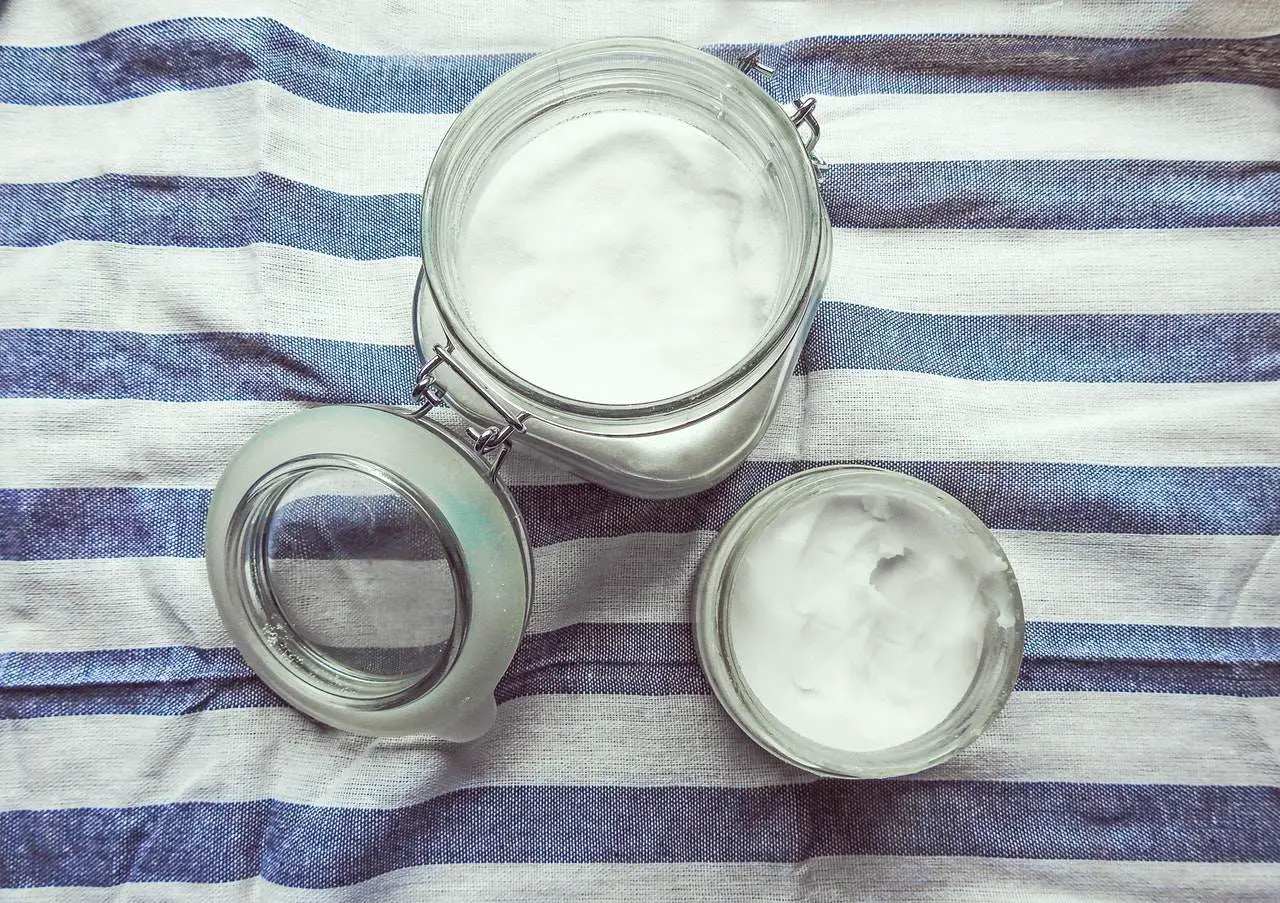
Virgin oil has antibacterial and anti-inflammatory properties that make it effective in getting rid of the symptoms of shingles, such as swelling, pain, itching, and inflammation. Coconut oil also has a rejuvenating skin effect that helps the skin to regain its original tone after repeated applications.
To use coconut oil:
- Take 3 tablespoons of virgin coconut oil and warm it gently in case it is in a viscous state.
- Dip a cotton ball into this solution and apply it on the areas affected by shingles.
- Let it sit for 60 minutes before rinsing it off with lukewarm water.
- You can add a few drops of rosemary to the lukewarm water. Rosemary acts as a natural cleanser.
- Repeat this process 2 times a day until shingle symptoms go away.
TURMERIC AND NEEM
Turmeric has antibacterial, anti-inflammatory, and anti0xidant properties that help to get rid of symptoms associated with shingles. Also, turmeric prevents the skin from dehydration and dryness. On the other hand, neem has ingredients such as nimbidol and edumin, which have powerful antifungal properties that help to cure shingles and its accompanying symptoms.
To use Neem and Turmeric:
- Take a handful of Neem leaves and grind them into a smooth paste.
- Add 3 tablespoons of organic turmeric to this paste and mix thoroughly.
- Allow the mixture to sit for 5 minutes then apply it on the areas affected by shingles.
- Repeat the process twice a day for a week.
APPLE CIDER VINEGAR (ACV)
Apple cider vinegar (ACV), when used to get rid of shingles it acts as an antiseptic agent that protects the skin from further decaying in the severe cases of shingles. ACV also has soothing and anti-microbial properties that provide curative effects on blisters caused by shingles attack. Several studies have indicated that Apple cider vinegar (ACV) astringent, and thus when used to treat shingles, it helps to get rid of intense burning sensation and the pain almost instantly.
To use apple cider vinegar (ACV):
- Take 4 tablespoons of undiluted Apple cider vinegar (ACV) and add them to the glass.
- Dip a cotton ball into the apple cider vinegar and gently apply on the shingle blisters and rashes.
- Repeat the process 3 times a day for one week.
ALOE VERA AND CAYENNE PEPPER
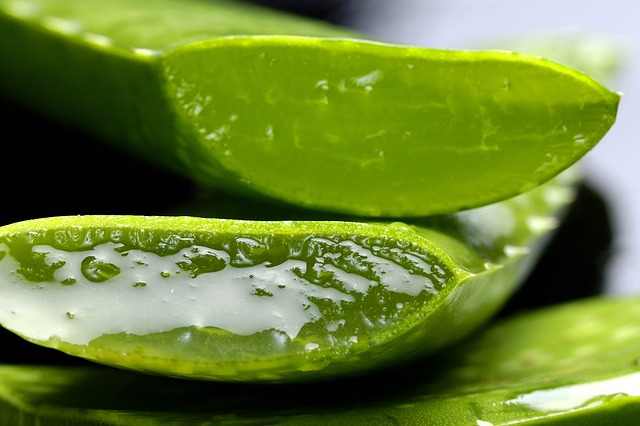
Aloe Vera has curative antifungal and anti-microbial properties that help to heal the blisters and sores caused due to shingle’s damage. Cayenne paper, on the other hand, has high contents of a compound called capsaicin, which helps get rid of pains, itching, and inflammation and prevents the infected area from further infections.
To use aloe Vera:
- Take a fresh aloe Vera leaf plant, cut it open and extract the gel.
- Take 2 to 3 teaspoons of cayenne pepper powder and mix it with the gel.
- You can also add 2 tablespoons of organic turmeric and gently apply the paste on the blisters.
- Repeat this application 2 times daily for 1 week.
You can also use organic cold-pressed Aloe Vera (Check price on Amazon)
GARLIC
Garlic has antiseptic, anti-microbial, anti-inflammatory properties that help heal the blisters and rejuvenate the skin. It also has antifungal compounds that make it very effective in getting rid of shingles. Garlic can also be consumed orally as it helps to boost the immune system and fight infections from within.
To use garlic:
- Take 2 garlic onions, peel of the skin, and then grind the garlic into a paste.
- Apply the paste to the blisters.
- Let it sit for 20 minutes and then wash off the area with lukewarm water.
- You can add a few drops of rosemary water to lukewarm water. Rosemary water acts as a natural cleanser.
- Repeat the process twice a day, at least for a week.
ORGANIC HONEY
Honey is a natural home remedy that is universally acclaimed for its ability to deal with various skin ailments. It has antibacterial, antifungal, anti-microbial properties that make it effective in healing shingle blisters and in removing the ugly scars from the shingle-damaged skin. Honey has a soothing effect on the skin, a factor that helps in getting rid of burning sensation, itchiness, and dryness.
To use honey:
- Take 3 tablespoons of raw organic honey and add it in a glass of water.
- Dip a cotton ball in this honey and apply it to the shingle affected area.
- Cover the affected area and let the honey sit for more than 45 minutes.
- Then, rinse off the honey from the affected area with lukewarm water.
- You can add a few drops of rosemary water to lukewarm water. Rosemary water is a natural cleanser.
- Repeat this application 3 times a day for 1 week.
REFERENCES:
- https://www.webmd.com/skin-problems-and-treatments/shingles/ss/slideshow-shingles-pictures
- https://www.add.org/public/diseases/contagious-skin-diseases/shingles

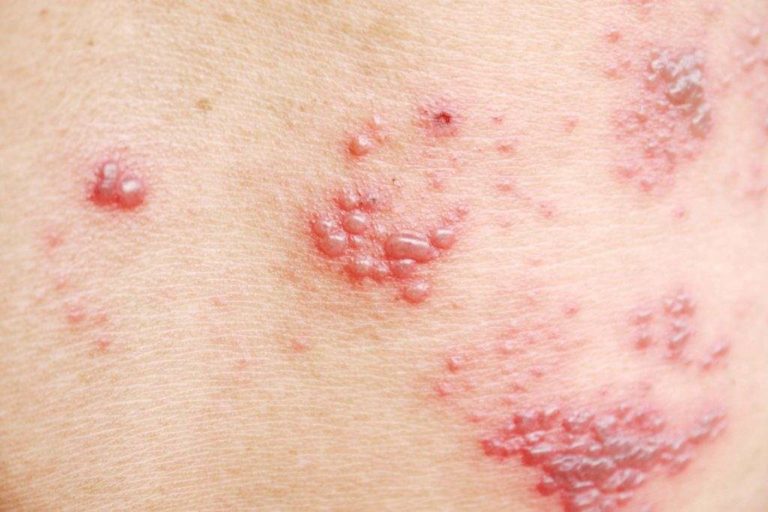


![Top 5 Over The Counter Fertility Drugs [Pills to Get Pregnant & Twins] Top 5 Over The Counter Fertility Drugs [Pills to Get Pregnant & Twins]](https://www.treatnheal.com/wp-content/uploads/2018/03/Over-the-counter-fertility-drugs-and-pills.jpg)
